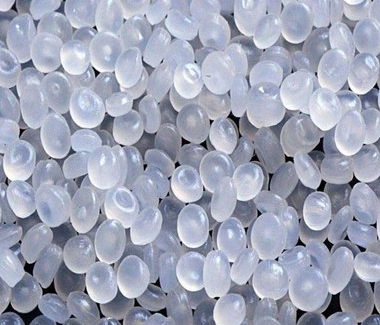Polypropylene PP Raw Materials Granules
Polypropylene, referred to as PP, is a colorless, odorless, non-toxic, translucent solid substance. [4] Polypropylene is a kind of thermoplastic synthetic resin with excellent performance. It is a colorless translucent thermoplastic lightweight universal plastic. With chemical resistance, heat resistance, electrical insulation, high strength mechanical properties, and good high wear-resisting processing properties, polypropylene has been widely developed and applied in many fields such as machinery, automobile, electronics, and electrical appliances, construction, textile, packaging, agriculture, forestry, fishery and food industry since it came out.
Polypropylene is one of those most versatile polymers available with applications, both as a plastic and as a fibre, in virtually all of the plastics end-use markets.
Usage allocation:
Injection molding products in Europe and the United States account for 50% of the total consumption, mainly used as parts for automobiles, electrical appliances, containers, furniture, packaging materials and medical equipment, etc. Film accounted for 8% ~ 15%, polypropylene fiber (known as POLYPROPYLENE in China) accounted for 8% ~ 10%; Construction pipes and plates account for 10% ~ 15%, and the rest for 10% ~ 12%. China currently used for woven products accounted for 40% ~ 45%, followed by film and injection products accounted for about 40%; Polypropylene and other 10% ~ 20%.

